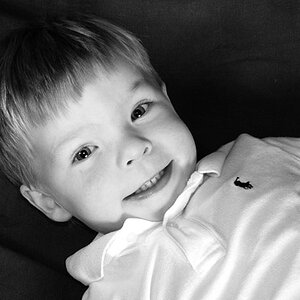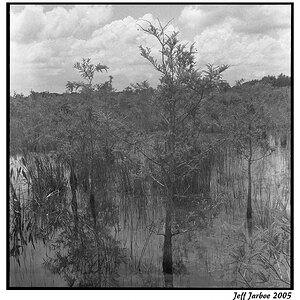Gazman
TPF Noob!
- Joined
- Jul 6, 2008
- Messages
- 58
- Reaction score
- 0
- Can others edit my Photos
- Photos OK to edit
Hi, I`m currently reading through "Understanding Exposure" and after reading the chapter on "storytelling Apertures" i`m struggling a little to take it in.
In it the author goes on about modern zoom lenses not having depth of field scales, but instead use distance settings to help get Sharp images from near to far, for wide angle shots.
How does this work? He says he presets the depth of field before taking the shot. So, after setting apperture as small as possible (to get sharpest image possible) he then aligns distance above his distance setting mark on the lens, with the focal length determing the distance. This is what i dont understand, mainly im guessing because this is the first time i`ve heard about this.
in the book it says how through the viewfinder the image will look completely out of focus, but once the shutter has been released , all will become clear, as it were.
Sorry for long post, its late, im tired and i can`t get this to sink in
I`m going to play around tommorow to see if i can grasp it anymore. But any feedback would be a bonus.
In it the author goes on about modern zoom lenses not having depth of field scales, but instead use distance settings to help get Sharp images from near to far, for wide angle shots.
How does this work? He says he presets the depth of field before taking the shot. So, after setting apperture as small as possible (to get sharpest image possible) he then aligns distance above his distance setting mark on the lens, with the focal length determing the distance. This is what i dont understand, mainly im guessing because this is the first time i`ve heard about this.
in the book it says how through the viewfinder the image will look completely out of focus, but once the shutter has been released , all will become clear, as it were.
Sorry for long post, its late, im tired and i can`t get this to sink in
I`m going to play around tommorow to see if i can grasp it anymore. But any feedback would be a bonus.



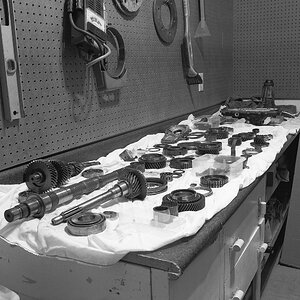
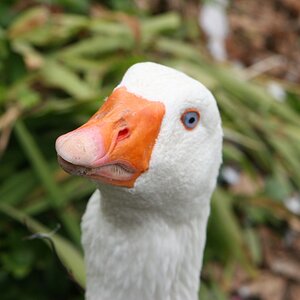

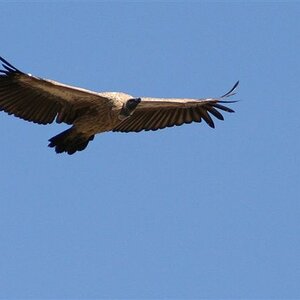
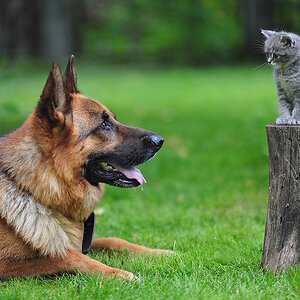
![[No title]](/data/xfmg/thumbnail/36/36133-8b29212f67c25fcf353a0c2f376b1501.jpg?1619737385)
![[No title]](/data/xfmg/thumbnail/36/36132-5bd4fa365c199003273e0ff128bf42f4.jpg?1619737384)
![[No title]](/data/xfmg/thumbnail/42/42040-7a66cabbeffd44783ea44a91ef4d0e70.jpg?1619739987)


